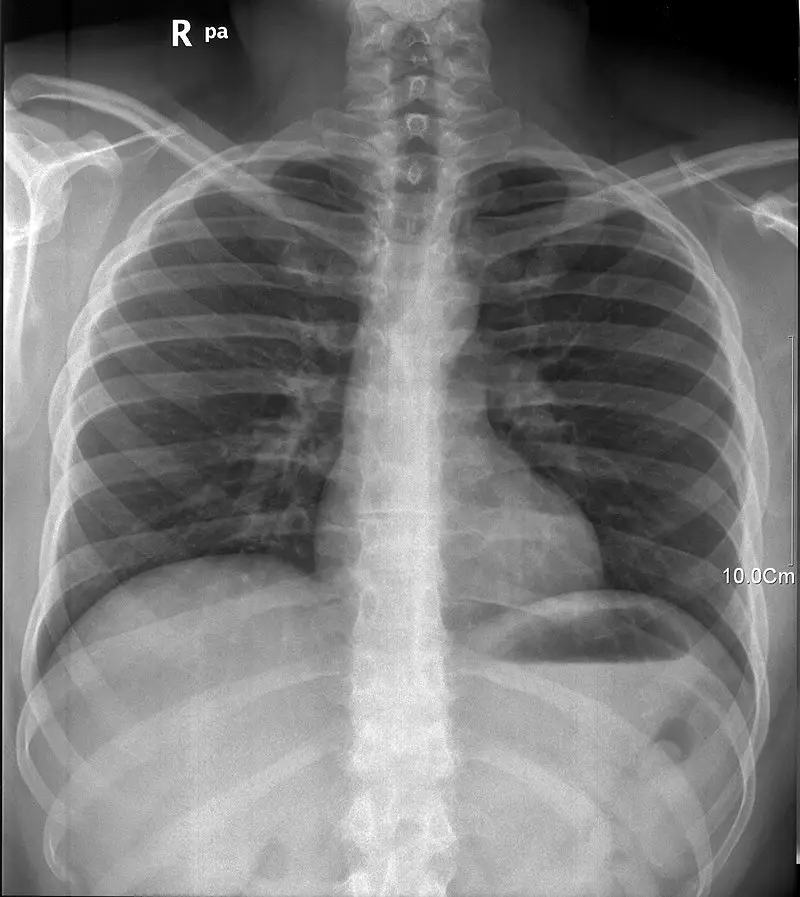
In physics, the energy of the electromagnetic field is the energy stored in a certain region of space by the electromagnetic field, and is formed by the sum of the energies associated with the electric field and the magnetic field.
This definition also includes special cases of pure electric and pure magnetic fields.
In electromagnetic waves these two quantities are always equal and it is convenient to talk about the flow of energy transported by the wave in the unit of time, through a surface, through the use of the Poynting vector.
Electromagnetic energy also includes the energy of electromagnetic waves; For this reason, it is also called radiant energy.
what is an electromagnetic wave?
Electromagnetic waves are a consequence of the vibrations produced between magnetic and electric fields. They are also formed by oscillating magnetic and electric fields.
Electromagnetic waves propagate through space with an electrical and magnetic component. The magnetic and electric fields of a wave are perpendicular to each other and to the direction of the wave. These components oscillate at right angles to each other and to the direction of wave propagation.
The set of electromagnetic waves that travel at a constant speed of 3.00 x 10 8 m/s through matter or in a vacuum is called electromagnetic radiation. Electric and magnetic fields cannot deviate their path but they can show interference.
Types of electromagnetic energy
There are different types of electromagnetic energy. Electromagnetic waves are classified depending on their frequency and wavelength, that is, their electromagnetic spectrum.
According to this classification, there are the following types of electromagnetic energy:
Light energy
 Light energy is a form of electromagnetic energy that can be perceived by the human eye. It is found in a wavelength range from approximately 380 nanometers (violet) to 750 nanometers (red). Different colors correspond to different wavelengths and energies.
Light energy is a form of electromagnetic energy that can be perceived by the human eye. It is found in a wavelength range from approximately 380 nanometers (violet) to 750 nanometers (red). Different colors correspond to different wavelengths and energies.
Ultraviolet (UV) radiation
Ultraviolet radiation is located just above the range of visible light on the electromagnetic spectrum, with shorter wavelengths than violet. It can be harmful to human skin in prolonged exposures and is used in applications such as sterilization and fluorescence detection.
Infrared radiation (IR)
Infrared radiation is just below the range of visible light, with wavelengths longer than red. It is known for its ability to transmit heat and is used in applications such as temperature sensors, night vision cameras, and remote controls.
Microwave
Microwaves have longer wavelengths than infrared radiation and are used in microwave communication technology, such as satellite communications and microwave ovens.
Radio Frequency (RF)
Radio frequency waves have even longer wavelengths than microwaves and are used in a variety of communication applications, from AM/FM radio to wireless networks and mobile communications.
X-rays
 X-rays are a form of high-energy electromagnetic radiation with shorter wavelengths than ultraviolet light. They are used in medical applications to obtain images of internal structures of the body and in various industrial and research applications.
X-rays are a form of high-energy electromagnetic radiation with shorter wavelengths than ultraviolet light. They are used in medical applications to obtain images of internal structures of the body and in various industrial and research applications.
Gamma rays
Gamma rays are the most energetic form of electromagnetic radiation with extremely short wavelengths. They are used in nuclear medicine and nuclear research due to their ability to penetrate materials and detect subatomic particles.
Examples of electromagnetic energy
Electromagnetic energy manifests itself through many energy sources. Some of them are natural, such as solar radiation, and others are of artificial origin, such as microwave ovens.
Below we present some examples where electromagnetic energy is manifested:
Magnetic suspension trains
These types of trains are levitating trains that are held up thanks to the force exerted by powerful electromagnets. When these electromagnets are powered by an electric current, the intensity of the magnetic field increases, generating a repulsive force between the cars and the metal rail.
Electric transformers
Electrical transformers are devices that allow the voltage of an electric current to be varied. It is based on two coils (the primary and the secondary) formed by a conducting wire wound on an iron core.
When alternating current enters the primary coil it generates a magnetic field that activates the secondary coil. The magnetic field received by the second coil generates an output electric current.
If the number of turns of the wire is different between the primary and secondary coil, the output voltage is different.
Electrical transformers are used to adapt high voltage current to the voltage used in our homes, for example.
Electric motors
 Motors are devices capable of transforming electrical energy into mechanical energy, that is, into movement. During this process, electricity is transformed into electromagnetic energy by the rotor and stator.
Motors are devices capable of transforming electrical energy into mechanical energy, that is, into movement. During this process, electricity is transformed into electromagnetic energy by the rotor and stator.
The rotor, which is the moving part, is made up of coils located between the poles of a permanent magnet located in the stator. The electromagnetic field generated keeps the rotor spinning at a constant speed.
Electric generators
These types of devices work on the same principle as electric motors but in the opposite direction. In this case, the generator receives mechanical work that rotates the rotor, generating an electromagnetic field from which electricity is obtained.
Microwaves
Microwave ovens can heat food by generating and concentrating electromagnetic waves. These waves are similar to those that allow radio communications.
However, in this case they have a higher frequency that transforms the food dipoles at very high speeds. The movement of these particles generates kinetic energy that heats the food.
Magnetic resonance imaging
Magnetic resonance imaging is an application of nuclear medicine to non-invasively examine the patient. Obtaining these images that are used to diagnose diseases are generated through the emission of waves with electromagnetic energy.
Basic concepts
In addition to electromagnetic waves, it is necessary to know some basic aspects related
Electric charge
Electric charge is the amount of electrical energy carried by a particle or object, and is a physical quantity that determines how much the presence of an electromagnetic field affects it.
Electric current
An electric current is generated by the movement of electric charges. There are two types of basic electrical charges: electrons, which have a negative charge, and protons, which have a positive charge.
Magnetism
Magnetism is a force of repulsion or attraction that electrically charged particles exert on each other.
Electromagnetic field
The electromagnetic field is caused by elements that have an electric charge that affect the behavior of other charged particles in the set of electric and magnetic fields.